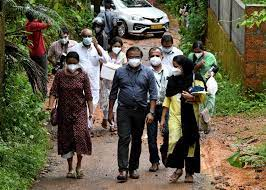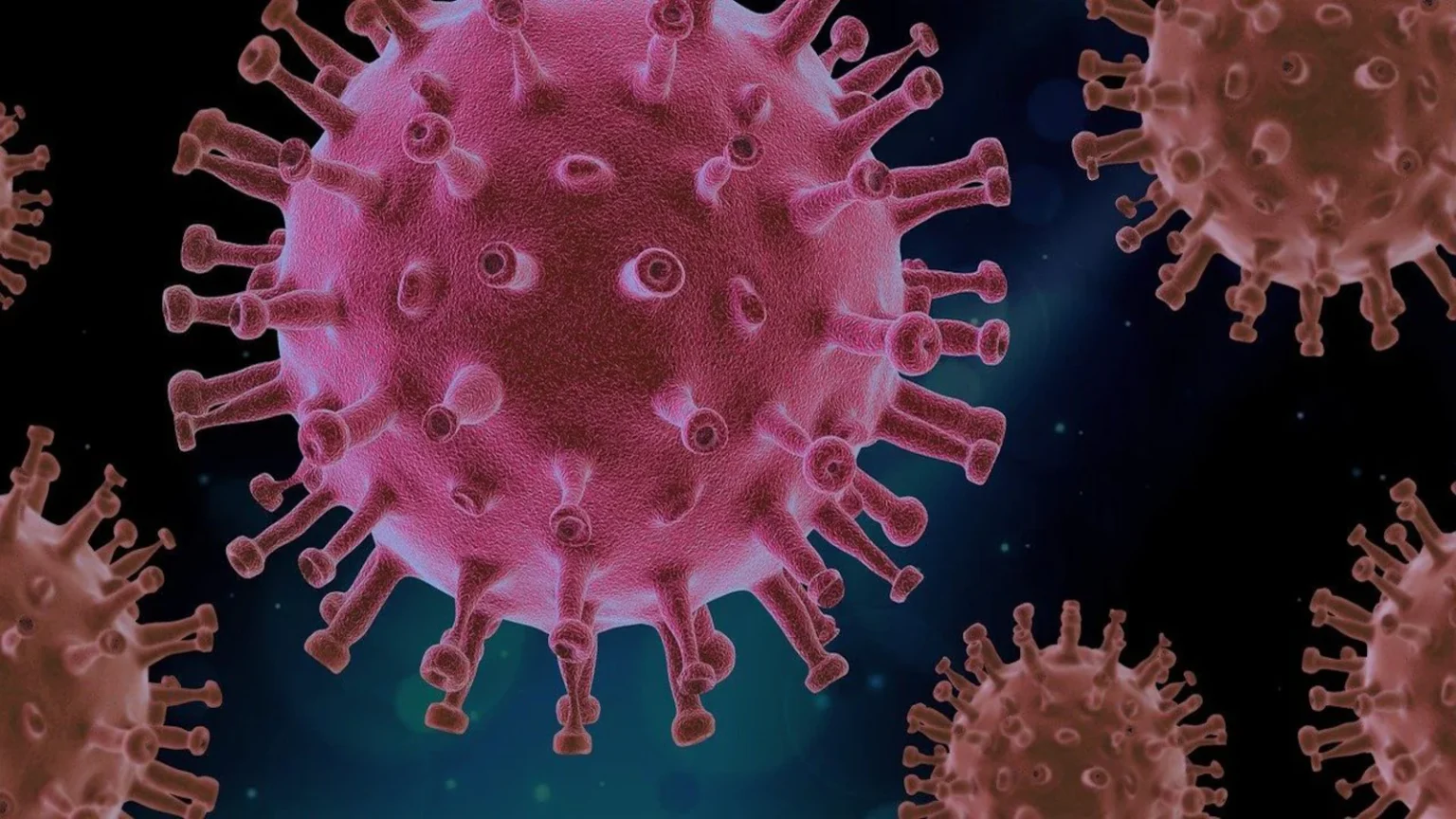The state of Kerala in India is sinking in panic as the daily hustle-bustle of life has been once again disrupted by another deadly outbreak of the Nipah virus. The Nipah virus has already claimed 2 lives so far and caused the infection to at least five, state government officials in Kerala.
Since 2018, this is the fourth virus outbreak that Kerala is battling. Unfortunately, there is no vaccines or remedies available which causes at least 75% of the people to die.

What is the Nipah Virus and what is it causing?
Distinguished delegations comprising experts from the Center and the Indian Council of Medical Research (ICMR), headquartered in New Delhi, made a crucial visit to Kozhikode on Thursday. Their primary objective: a comprehensive assessment of the unfolding Nipah virus outbreak. This urgent mission comes in the wake of alarming reports confirming the presence of the virus in Ayancheri and Maruthonkara villages within the district.
The central delegation convened a comprehensive review session with high-ranking state government officials on the same day. During this meeting, they meticulously assessed the operational efficacy of the district’s laboratories. Furthermore, the team is slated to venture into the affected villages to execute a methodical scientific inquiry into the virus’s origin and strategize on containment measures.
Union Health Minister Mansukh Mandaviya affirmed that the central government is vigilantly monitoring the evolving situation, leaving no room for complacency. Meanwhile, Union Minister of State for Health and Family Welfare, Bharti Praveen Pawar, divulged that the ministry has assembled a proficient, multidisciplinary task force, spearheaded by Mala Chhabra, with the explicit mandate of conducting a highly rigorous investigation into the outbreak. This initiative is poised to adhere to the most rigorous scientific protocols, ensuring a comprehensive understanding of the situation.
In a significant development, the Kozhikode district has acquired a state-of-the-art mobile laboratory facility, designed to expedite the testing process for samples and promptly deliver results on-site. This innovative resource eliminates the need to dispatch samples to the National Institute of Virology (NIV) in Pune, a move that holds great promise for bolstering efforts to contain the highly contagious Nipah virus.
The testing of samples has already commenced within the confines of the biosafety level-3 (BSL-3) laboratory, which was transported from NIV, Pune, to the Kozhikode Government Medical College Hospital. This critical operation will be overseen by a dedicated team of scientists, namely Dr. Rima R Sahai, Dr. Kannan Sabarinath, and Dr. Deepak Patel, along with the support of four skilled technicians.
The establishment of the BSL-3 lab stands as a monumental achievement for the local health authorities, as it spares them the arduous task of airlifting samples to Pune and waiting for results from afar to confirm the presence of Nipah infection. This development marks a pivotal step towards more efficient and effective disease control measures in the region.

What does the Nipah Virus outbreak mean for the public?
In response to the escalating crisis in the afflicted Kozhikode district, authorities have taken decisive actions. Schools in the affected area have been promptly shuttered, while numerous villages have been designated as containment zones, marking a stringent effort to curtail the spread of the virus. A staggering 950 individuals who may have had contact with confirmed cases have been identified, with a concerning 213 of them classified as “high risk.”
On Wednesday, Kerala Health Minister Veena George delivered sobering news, confirming the fifth case of infection, a 24-year-old healthcare worker. Meanwhile, a nine-year-old patient who contracted the virus remains in critical condition, necessitating ventilation support, according to government sources. The situation continues to demand vigilant monitoring and swift action to safeguard public health.
The World Health Organization (WHO) has assessed the fatality rate associated with the Nipah virus to be alarmingly high, ranging between 40 and 75 percent. This grim statistic underscores the severity of the virus and its potential to cause significant harm. Due to its alarming epidemic potential and the grave threat it poses to public health, Nipah virus has been categorized as a priority disease by the WHO.
It’s worth noting that the specific strain of Nipah virus identified in Kerala, known as the Bangladesh strain, exhibits a distinct profile. While it is associated with a high mortality rate, it is considered to be less infectious compared to some other strains of the virus. Nevertheless, the gravity of the disease and its potential to cause outbreaks demand rigorous and swift containment measures to prevent further spread and mitigate its impact on affected communities.












